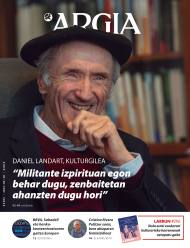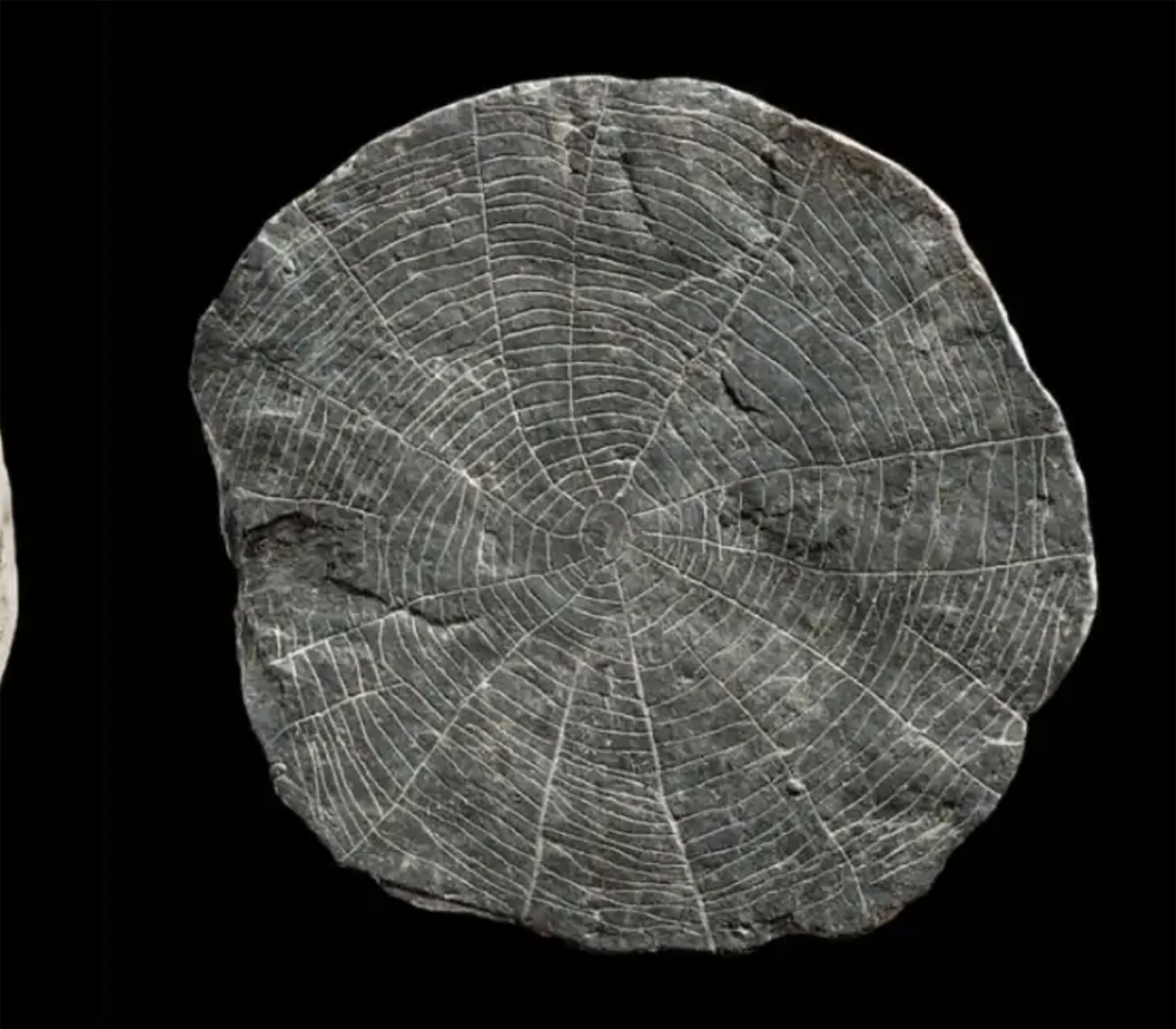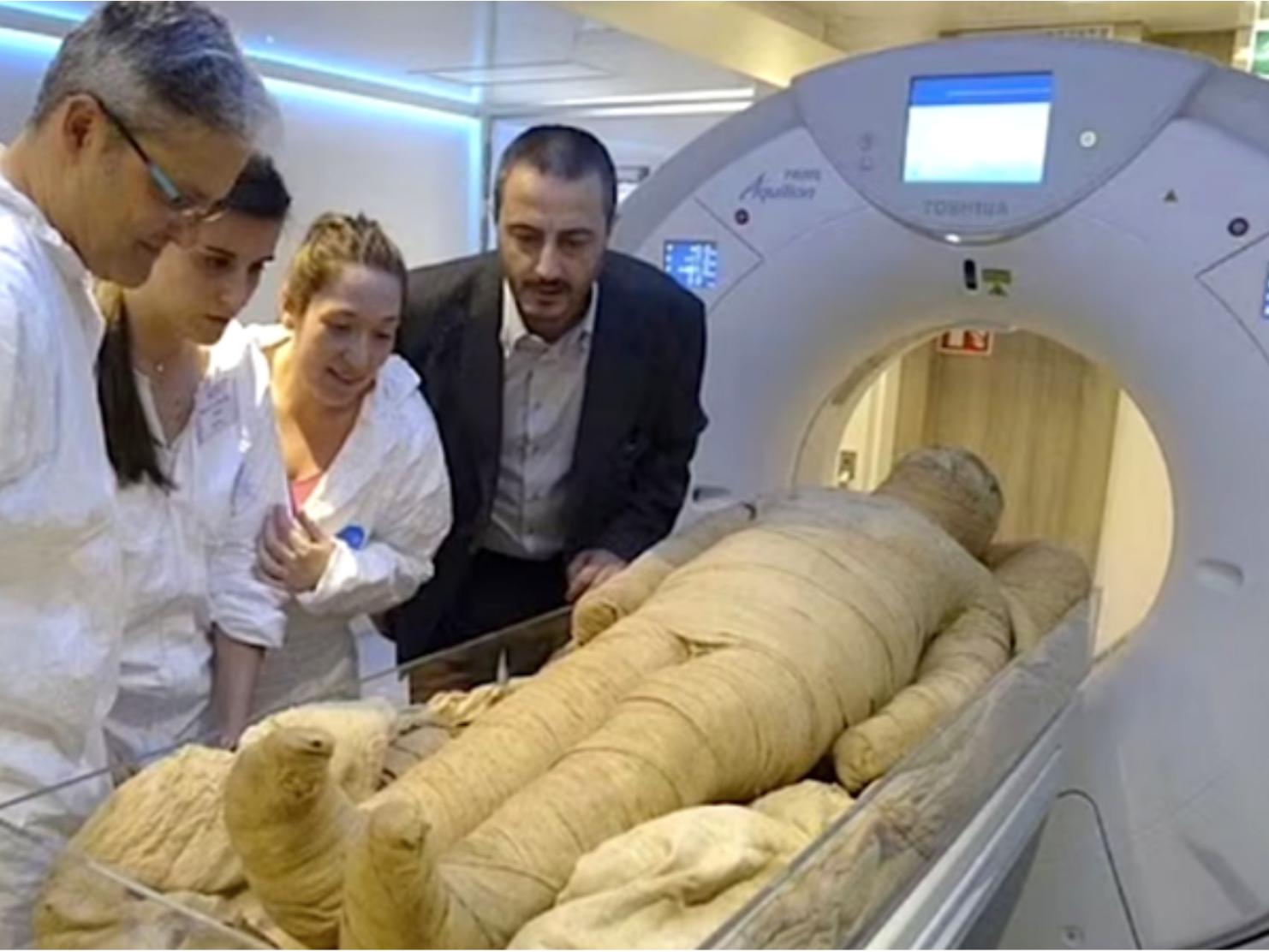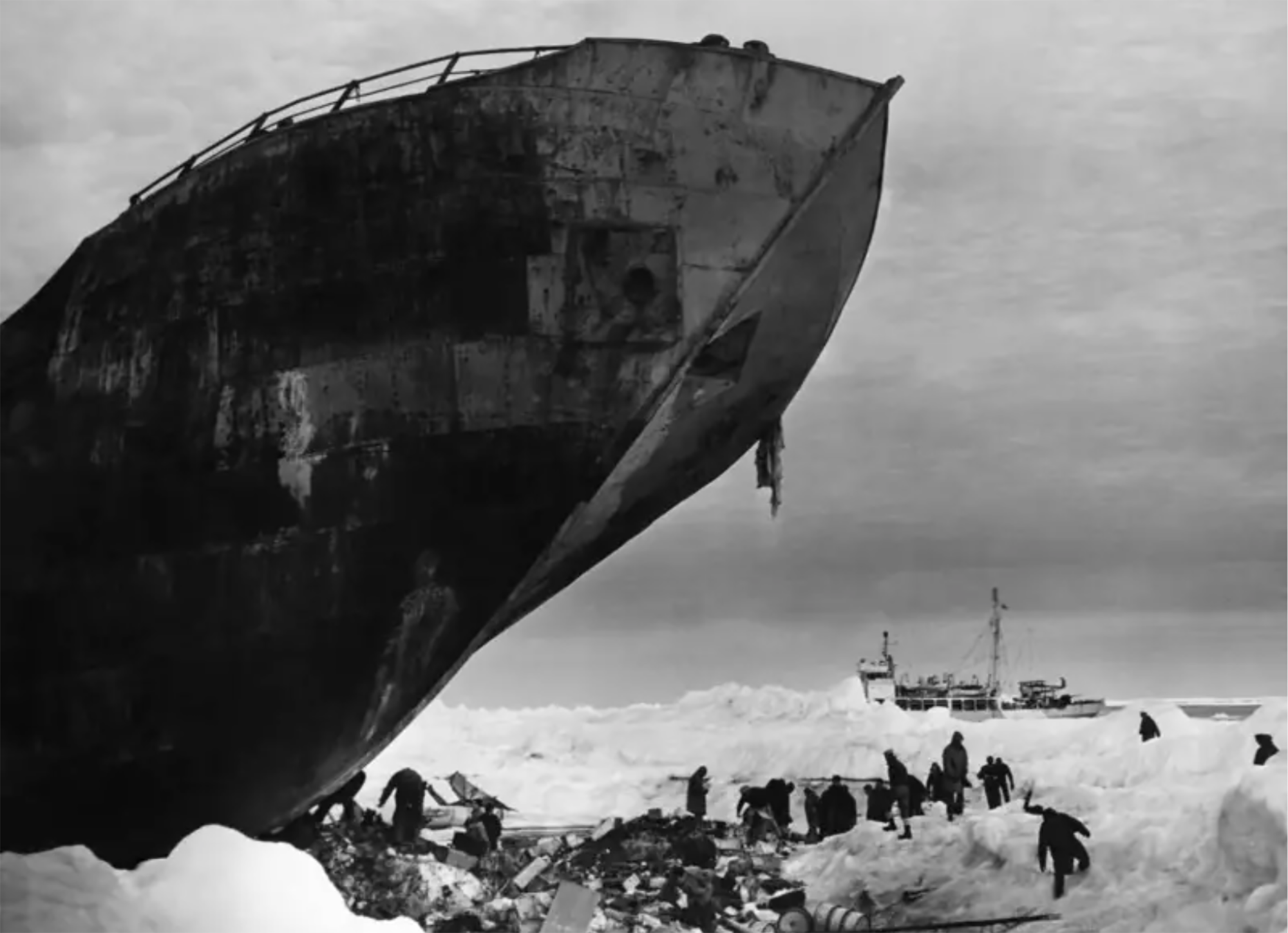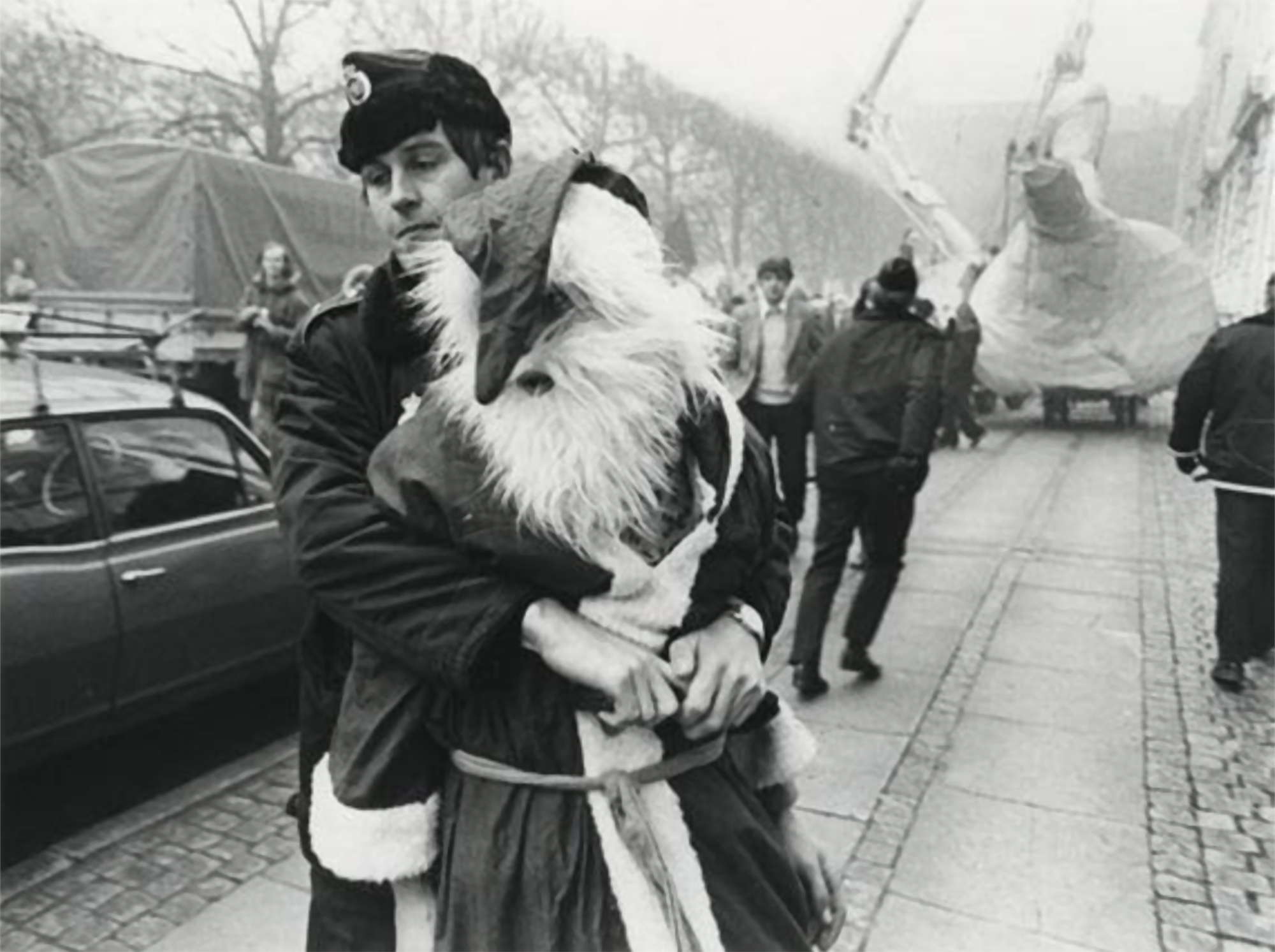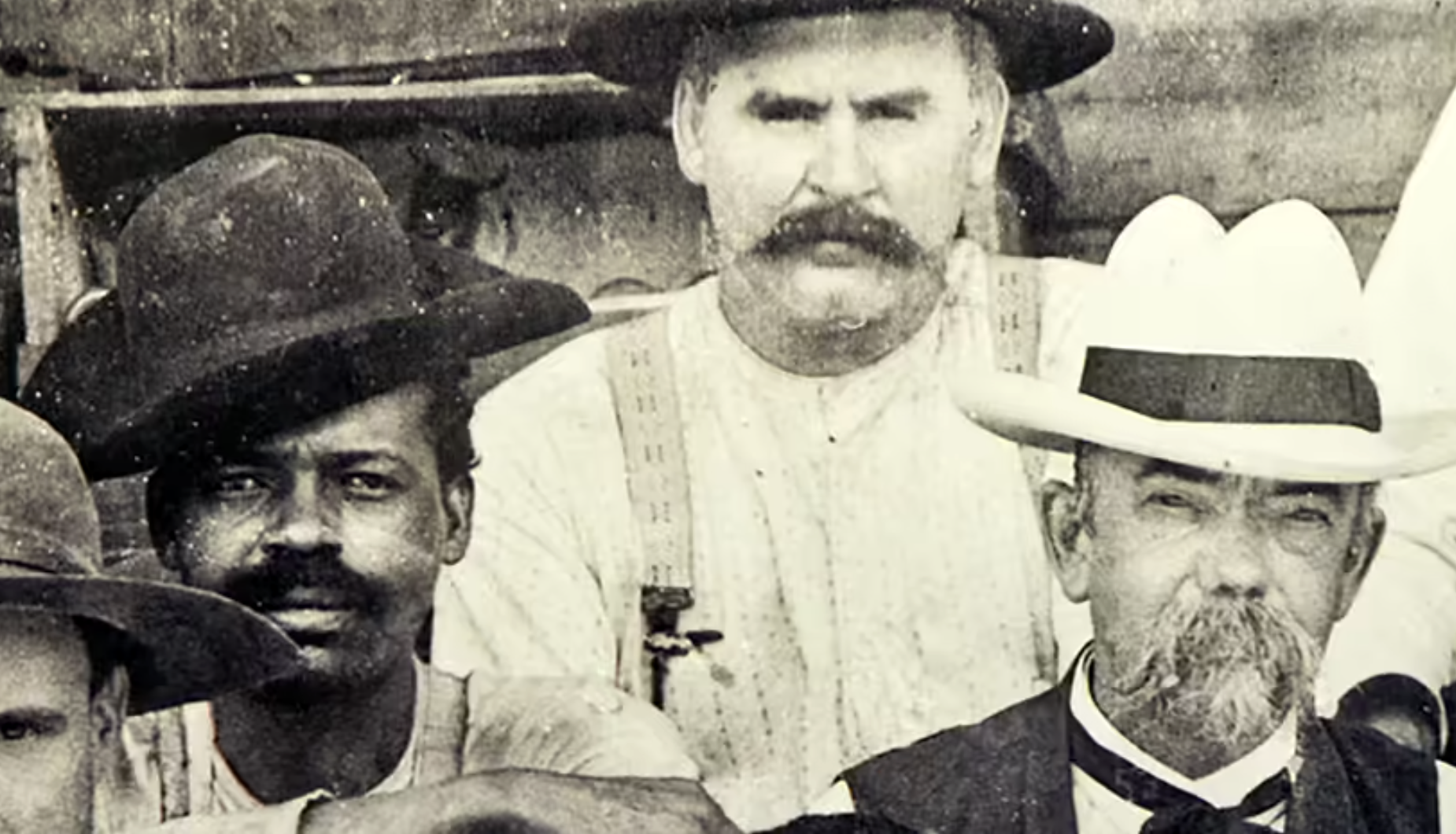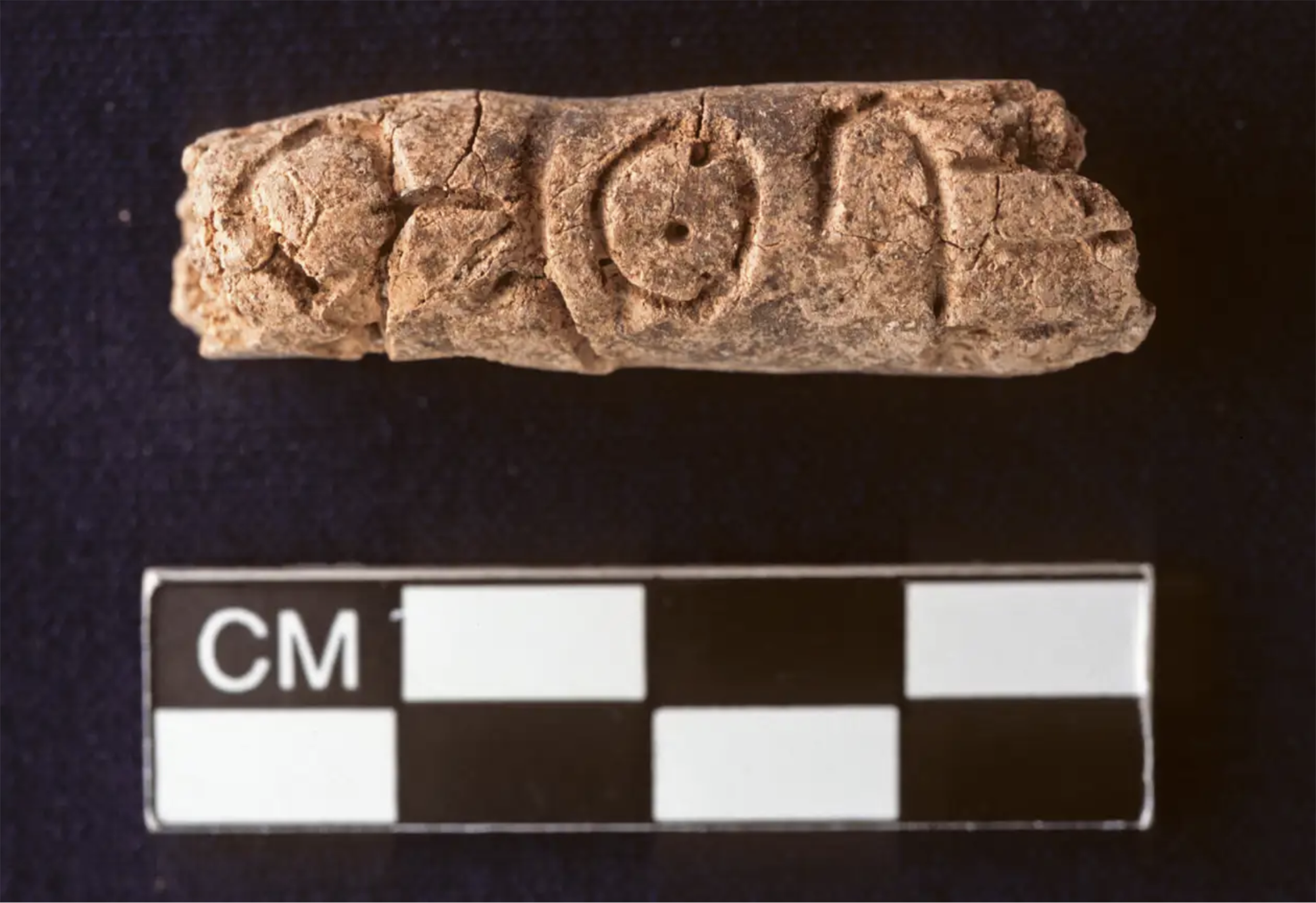Rafah: the 4,000 year division
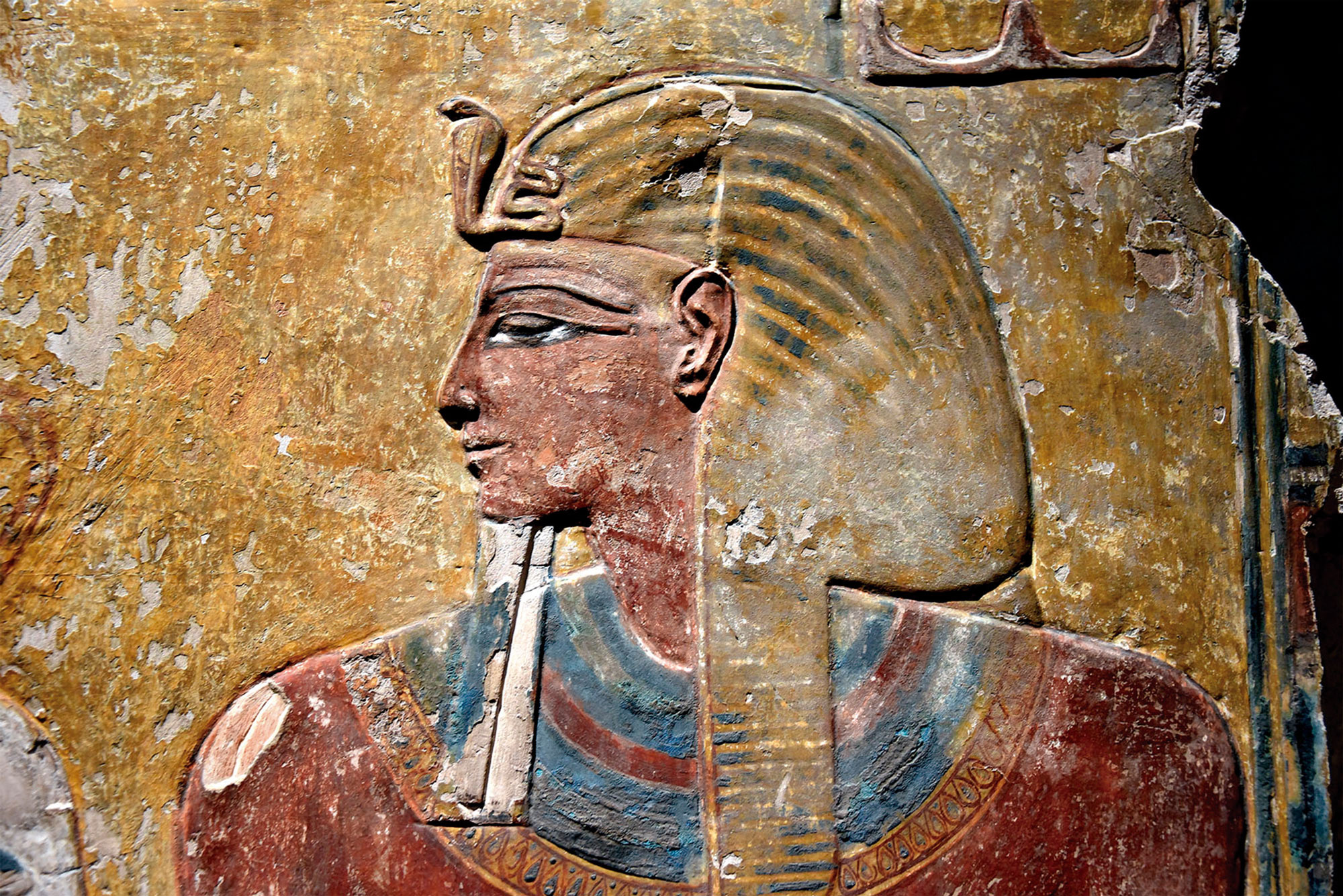
Egypt, a.C. 1303. Pharaoh Seti I received in a sign the military campaigns carried out in the area of Gaza and Syria. This inscription first referred to the people of Robihwa. The Egyptians called it, while the Assyrians called it Rafihu, the Greeks and the Romans Raphia and the Arabs Rafah.
Located south of the Gaza Strip, at the entrance of the Sinai desert on the Mediterranean coast, Rafah was in a position of great interest. Besides being an important commercial and local navigation center, it was the scene of conflicts.
One of Rafah’s most tempting fighting, a. C. It took place around 217, when Egyptian King Ptolemy IV.ak conquered the Syrian emperor Antio III. Over 120,000 soldiers and nearly 200 elephants fought on the battlefield, so it is among the great wars of classical antiquity. To sign the peace he married Ptolemy V.arekin, daughter of the defeated Syrian emperor, Kleopatra, son of the victor Sira. The wedding was held in Rafah.
South of the Gaza Strip, Rafahk had a position of great interest at the entrance of the Sinai desert on the Mediterranean coast.
During the crusades, in the 12th century, the city was completely destroyed and the survivors were forced to flee. When the Ottomans took the area under control, Rafah would not quickly regain the brightness of the past. For the Ottomans, the mail at the gates of the desert was a simple station.
Despite the loss of importance, Rafah would have been on more than one occasion a bloody battlefield in the coming centuries. For example, Napoleon Bonaparte's army destroyed him in the late 18th century in the campaign of conquest of Egypt and Syria.
Zionists and divisions
At the beginning of the 20th century, several Zionist organizations tried to secure land in their environment for the Jews to replenish, but the Ottomans rejected the plan. After World War I, when the Ottoman Empire disappeared and Rafah was under British control, the Zionists tried again, but the British did not accept the initiative either.
During World War II, Rafah was a British military base that attracted many Muslims seeking work from other Palestinian cities. But when the State of Israel was created in 1948, the city acquired its present status, and in 1949 the Rafah refugee camp opened. According to the United Nations Refugee Agency (UNRWA) in Palestine, Rafah was recently created “the largest and most populous refugee camp on the Gaza list.”
During World War II, Rafah was a British military base that attracted many Muslims seeking work from other Palestinian cities. But when the State of Israel was created in 1948, the city was acquiring its present character.
The city was under Egyptian control until 1967. During the Six-Day War, the Israelis occupied the Sinai peninsula and the entire Gaza Strip, including Rafah. Egyptians would be able to recover Sinai in 1982. But five years earlier, in the Camp David peace agreements of 1977, they did not recover, at least in their entirety, Rafah. The border between Egypt and Israel drawn at Camp David passed over the city. A fence divided the city into two. “Those living in divided houses will have to decide which jurisdiction they want to live in,” Australian journalist Janet Hawley wrote, “and they will have to open their house door in the chosen area.” The barrier that divided hundreds of families was widening, creating a demilitarized line called the Philadelphi corridor.
Over the past decade, the Egyptian authorities have depopulated the fence and brought down thousands of buildings, expanding the corridor in the Egyptian area. On the other hand, in recent months, the population of Rafah has grown enormously; according to UNRWA, in the city where, before the last Israeli attacks, there were 280,000 Palestinians, it now accumulates about 1.5 million.
Vietnam, February 7, 1965. The U.S. Air Force first used napalma against the civilian population. It was not the first time that gelatinous gasoline was used. It began to be launched with bombs during World War II and, in Vietnam itself, it was used during the Indochina War in... [+]
Archaeologists have discovered more than 600 engraved stones at the Vasagård site in Denmark. According to the results of the data, dating back to 4,900 years ago, it is also known that a violent eruption of a volcano occurred in Alaska at that time. The effects of this... [+]
Japan, 8th century. In the middle of the Nara Era they began to use the term furoshiki, but until the Edo Era (XVII-XIX. the 20th century) did not spread. Furoshiki is the art of collecting objects in ovens, but its etymology makes its origin clear: furo means bath and shiki... [+]
In an Egyptian mummy of 3,300 years ago, traces of Yersinia pestis, the bacterium that caused the Justinian plague in the 6th century and the Black Plague in the 14th century, have just been found.
Experts until now believed that at that time the plague had spread only in... [+]
Greenland, the end of the 10th century. The first Scandinavian explorers and settlers arrived on the island. But by the 15th century these settlements had been abandoned and the original Inuit remained. But in 1721, the missionary Hans Egede organized an expedition and the... [+]
In 2017, Indonesia and the Netherlands signed an agreement to return the heritage stolen by the European country because of colonialism for three centuries. The Indonesian responsible for the return process, Gusti Agung Wesaka Puja, explained that this agreement "was important in... [+]
Greece 1975. The country began the year as a republic, three weeks earlier, in the referendum on 8 December 1974, after the citizens decided on the end of the monarchy.
A decade earlier, in 1964, when King Paul I died, his son Constantine took the throne at the age of 23.
But... [+]
Copenhagen, 18 December 1974 At 12 noon a ferry arrived at the port, from where a group of about 100 Santa Claus landed. They brought a gigantic geese with them. The idea was to make a kind of “Trojan Goose” and, upon reaching the city, to pull the white beard costumes... [+]
Tennessee (United States), 1820. The slave Nathan Green is born, known as Nearest Uncle or Nearest Uncle. We do not know exactly when he was born and, in general, we have very little data about him until 1863, when he achieved emancipation. We know that in the late 1850s Dan... [+]
New York, 1960. At a UN meeting, Nigeria’s Foreign Minister and UN ambassador Jaja Wachucu slept. Nigeria had just achieved independence on 1 October. Therefore, Wachuku became the first UN representative in Nigeria and had just taken office.
In contradiction to the... [+]
Researchers at Johns Hopkins University have discovered several cylinders with inscriptions at the present Syrian Reservoir, the Tell Umm-el Marra. Experts believe that the signs written in these pieces of clay can be alphabetical.
In the 15th century a. The cylinders have... [+]
London 1928. At the Victoria and Albert Museum there was a very special painting: in the painting there is a black man, with wig and Levite, surrounded by books and scientific instruments. Thus it was catalogued in the Museum: “Unique satirical portrait representing a failed... [+]
Ethiopia, 24 November 1974. Lucy's skeleton was found in Hadar, one of the oldest traces of human ancestors. The Australian hominid of Australopithecus afarensis is between 3.2 and 3.5 million years old.
So they considered it the ancestor of species, the mother of all of us. In... [+]
A group of archaeologists from the University of Berkeley, California, USA. That is, men didn't launch the lances to hunt mammoths and other great mammals. That was the most widespread hypothesis so far, the technique we've seen in movies, video games ...
But the study, published... [+]









